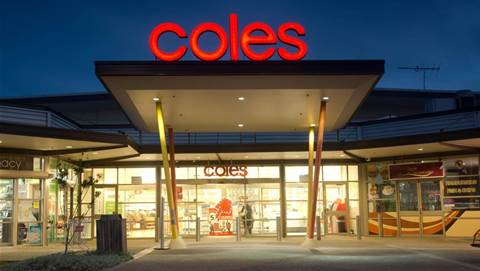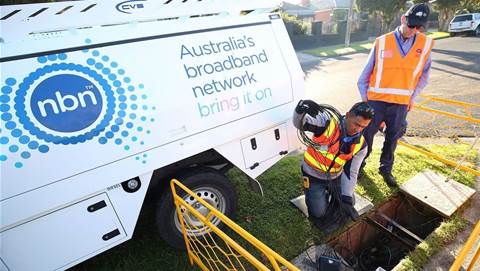Carma is a completely online used car site that has digitised the way consumers buy a car and uses data to ensure a seamless customer experience.
The company aims to overhaul each part of purchasing a used vehicle that consumers find frustrating and made each engagement a positive experience.
Jessica de Vries is the head of sales at Carma and she discussed the way the platform has digitised the car buying process.
She said Carma is different from Car Sales or Cars Guide as they are marketplaces for cars, not an e-commerce platform.
“We are still a dealership, when you're looking at the traditional dealership and the way people buy cars, they are going online in their research phase, understanding why they need a car, do they need a car, what are they going to spend and what's the best car for them?” she said.
The first difference between Carma and a traditional dealership is the removal of physical dealerships.
“We do all of that process online, you inspect the vehicle very thoroughly online and you move through the next process at your own time without pressure to purchase the vehicle,” de Vries said.
“We offer seven days post purchasing the vehicle an option to experience the car in your own lifestyle with a promise that if you've made the wrong choice, we will give you your money back, or help you find the right car.”
De Vries said she is seeing behavioural changes in people buying cars.
“We are looking at people downgrading and cost saving, removing the two cars out of the family and going to one,” she said.
Carma uses data and analytics to provide a better customer experience online for their customers.
De Vries said, “We've a bespoke environment or ecosystem that has every single part working in real time, at the same time. Through that we're able to understand what our customers are doing and the impact that can have potentially on the service that we're able to invite them to.”
She said Carma uses the pieces of data to enhance the customer journey.
“We use the pieces of data that we collect around their buying behaviour, how they're transacting, what we're picking up along the way to bring to life the other side of our product to align it so that when we get to that point where funds have landed and the customers ready, everything's ready to go,” she said.
There are many moving pieces to the customer’s journey, de Vries explained.
“Understanding all the different components for everyone's individual journey, each car's individual and each person's individual understanding different nuances with different payment methods or vehicles. Whether it's the age, kilometres, how long we've had the car.
“It is important to have that piece together in the background, to give us the information as we scale that stuff, not being a personal opinion and being based on data is super important,” she added.



_(22).jpg&h=140&w=231&c=1&s=0)

_(20).jpg&h=140&w=231&c=1&s=0)



_(26).jpg&w=100&c=1&s=0)

 iTnews Executive Retreat - Security Leaders Edition
iTnews Executive Retreat - Security Leaders Edition












_(1).jpg&h=140&w=231&c=1&s=0)



